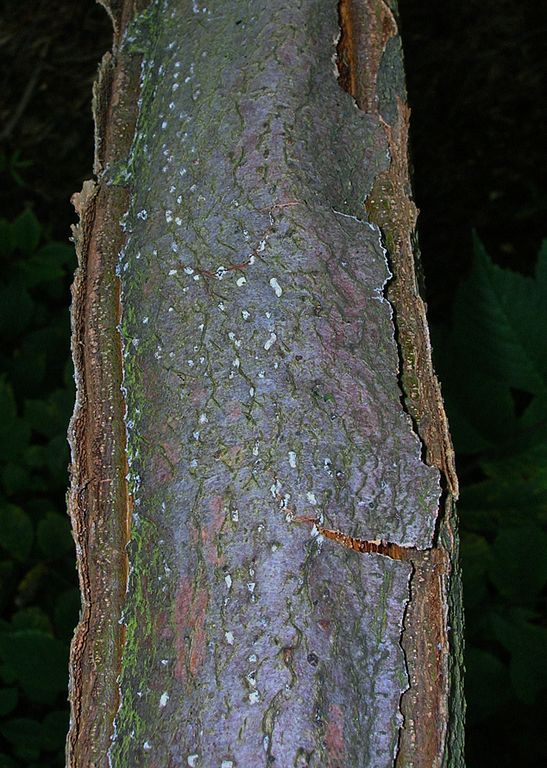Climate shifts and extreme temperatures present a slew of environmental challenges for trees. The following examines two of the most common heat related disorders, and recommended practices for mitigating their effects.
Heat and Drought Stress
Periods of extreme heat can be injurious to trees. The two principle effects of heat are water loss, and moisture stress. Water loss hinders plant growth, preventing trunk expansion and crown development. Moisture stress can cause extensive mortality in trees, with younger trees, and trees that have been recently transplanted being the most vulnerable.
Symptoms
Wilting is the most common symptom of drought stress. In hardwood trees, leaves and conifer leaders will curl or droop. During extended periods of drought, hardwood trees may experience a premature shedding of their leaves. Conifers will often drop their interior needles, creating bare patches throughout the crown. Drought and heat stress can encourage some tree species to enter into a mild state of dormancy. Once the stress is relieved, buds may awaken out of season.
Moderate drought stress can cause the stomata on plant leaves to close. Stomata are tiny pores on the under-surface of leaves. They are instrumental to the photosynthetic process. Their primary function is to allow gases such as carbon dioxide, water vapor and oxygen to rapidly circulate throughout the leaves. The closure of the stomata causes a reduction in photosynthetic production, stymieing plant growth.
Prevention & Management
- To help prevent injury from heat stress, apply a layer of organic mulch around susceptible trees. Mulch has numerous benefits: it moderates soil temperature, improves soil quality, and decreases the loss of soil moisture through transpiration.
- Trees should also be sufficiently watered, especially during dry periods.
Sunburn
Trees may incur sunburn injuries as a result of drought stress, or from sudden exposure of shaded foliage to sunlight during hot, dry periods. Sunburn usually occurs on younger trees, and trees with dark or thin bark. Maples and fruit trees are two such examples; they are among the trees most susceptible to sunburn due to their naturally thin bark.
Symptoms
Sunburn damages or kills tissue just beneath the tree’s bark. This causes the bark to become brittle and discolored. Eventually, the bark will crack, resulting in extensive wounding along the trunk. Cracks in the bark render the tree susceptible to insect infestations and diseases.
Prevention & Management
- To protect trees from sunburn injuries, avoid pruning in extreme heat unless soil moisture levels are adequately maintained.
- Mulching is also beneficial. Applying a layer of organic mulch around the base of susceptible trees will help retain soil moisture, improve soil quality, and lower the soil temperature.
- Avoid planting or transplanting during periods of extreme heat. Established trees are often more resistant to sunburn.
- Do not plant susceptible trees on the south or west side of a building. Additionally, avoid plantings near reflective walls, or other bright surfaces.
- Trees can be loosely wrapped with a protective trunk guard, ideally one with light colored window screening. This type of trunk guard will reflect light, while allowing air and water to reach the bark.
- Chemical control practices can be utilized to fend off insects.
Photo courtesy of Rosser1954.


